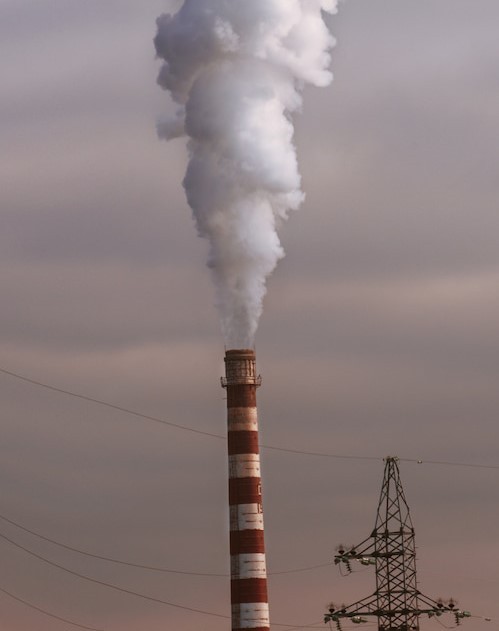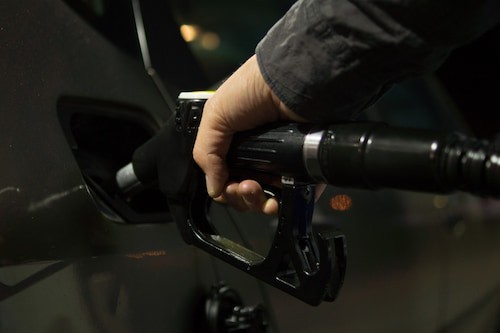

Children’s health is often neglected when it comes to air pollution. Many people know that air pollution causes heart disease and lung cancer in adults, but fewer know how it impacts their children. For infants and children, air pollution increases risk for premature birth, low birth weight, impaired lung development, and asthma (1, 2, 3). These health effects have long-term consequences because damage caused by air pollution in childhood can impact people for all of their lives (2).

What is PM2.5 Air Pollution?
Which air pollutants cause diseases in children? The pollutant most to blame is PM2.5 air pollution. PM2.5 pollution is made up of tiny, invisible particulates with a diameter of less than 2.5 microns – many times smaller than the diameter of a human hair. (4)

The particles in PM2.5 pollution are so small that they can penetrate deep into the lungs when they are inhaled and they can enter the bloodstream. Once they are in the bloodstream, they can reach every organ in the body to cause damage to tissues and cells (4, 5).

PM2.5 and Children
PM2.5 is harmful to people of all ages, but is especially dangerous for children. Compared to adults, children’s bodies are more susceptible to PM2.5 pollution (1, 6). Because of this, PM2.5. can cause many negative health effects in children including asthma, reduction in brain volume, behavioral dysfunction, ADHD, Autism Spectrum Disorder (ASD), and impaired lung growth. A mother’s exposure to PM2.5 during her pregnancy increases the risk of premature birth, low birth weight and stillbirth (7-10).
There is also growing evidence that PM2.5 pollution decreases children’s intelligence (11). Performance IQ (PIQ), the type of intelligence that enables children to solve problems and react to new situations, seems to be the form of intelligence most strongly affected by air pollution. IQ scores are highly correlated with academic performance, standardized test scores and high-school graduation rates, and thus loss of IQ caused by air pollution prevents children from attaining their full potential.
What are the Sources of PM2.5 Air Pollution?
Massachusetts sources currently emit around 2,500 tons of PM2.5 pollution each year. Most of this pollution is produced by the combustion of fossil fuels (12). Combustion of gasoline and diesel fuel in cars, trucks, and other vehicles is responsible for about 15% of PM2.5 pollution in Massachusetts. Nearly all of the rest (more than 85%) comes from stationary sources such as industrial facilities and electricity generating plants (13).
Lorem ipsum dolor sit amet, consectetur adipiscing elit, sed do eiusmod tempor incididunt ut labore et dolore magna aliqua. Lacus luctus accumsan tortor posuere ac ut. Ut sem nulla pharetra diam sit. Sed arcu non odio euismod. Nibh tortor id aliquet lectus proin nibh nisl condimentum. Dictum sit amet justo donec enim diam vulputate ut. Neque vitae tempus quam pellentesque nec. A iaculis at erat pellentesque adipiscing commodo elit at. Orci sagittis eu volutpat odio facilisis mauris sit amet massa. Nunc scelerisque viverra mauris in aliquam sem fringilla. Gravida in fermentum et sollicitudin. Mauris pharetra et ultrices neque. A erat nam at lectus urna duis. Platea dictumst quisque sagittis purus sit amet volutpat consequat.
The success from removing lead is indicative that we can also succeed with PM2.5
The future is bright, just like these kids smiles.
This section shouldn’t be that long, but longer than this.